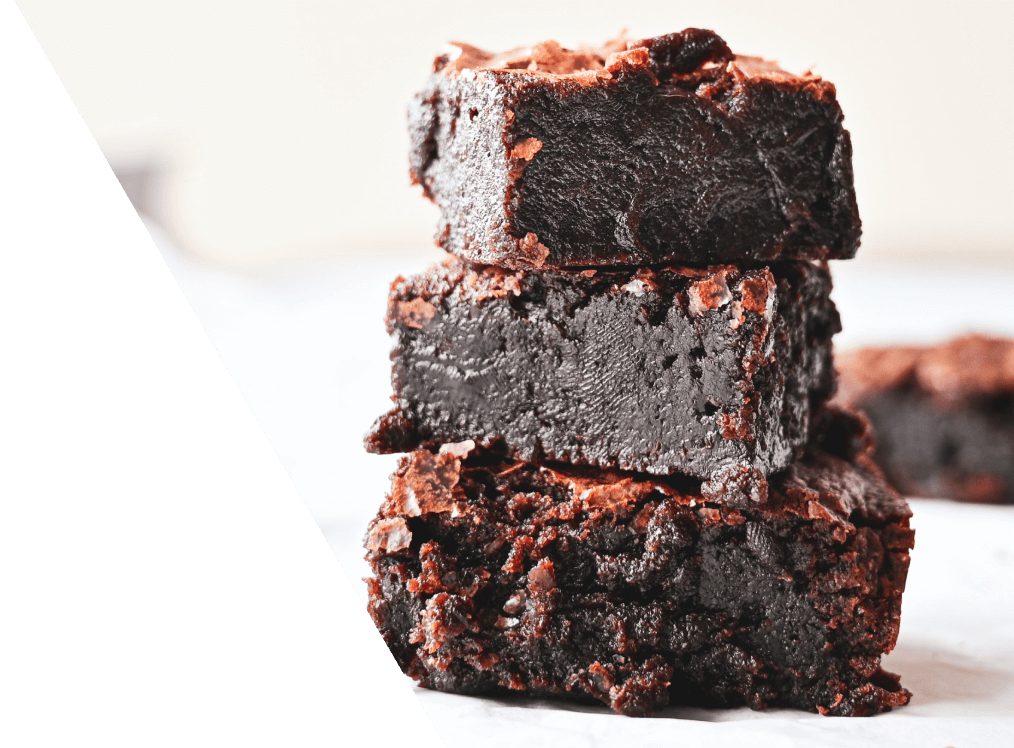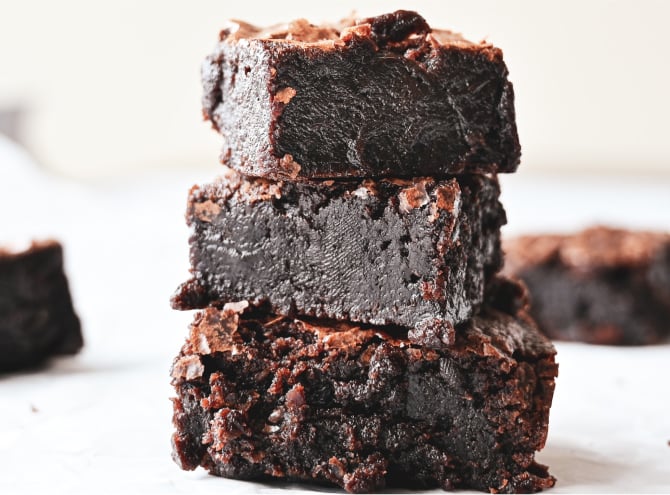DOLCIA PRIMA® Allulose is a low-calorie sweetening ingredient of plant-based origin that provides bulk and sweetness similar to sugar.
Because of its sugar-like taste and performance in formulations, DOLCIA PRIMA® Allulose can be used in a wide range of applications requiring a reduction of sugar and calories without impacting other product attributes.
DOLCIA PRIMA® Allulose is highly soluble and compatible with gelling agents like pectin and gelatin, and is available in both crystalline and syrup forms. Its versatility, consumer-friendly labelling, sweetness and appealing texture make it an ideal choice for low-calorie chocolates, gummies, vitamin gummies and dietary supplements, baked goods and more.
-
90% fewer calories than sugar
-
Exempt from labelling as “Sugars” and “Added Sugars” on the Nutrition Facts Panel
-
Not metabolized and causes no increase in blood glucose or blood insulin levels
-
Delivers the physical properties of sugars and combines well with other sweeteners
-
Tate & Lyle is a leader in capacity and the only US-based producer of both crystalline and syrup forms









